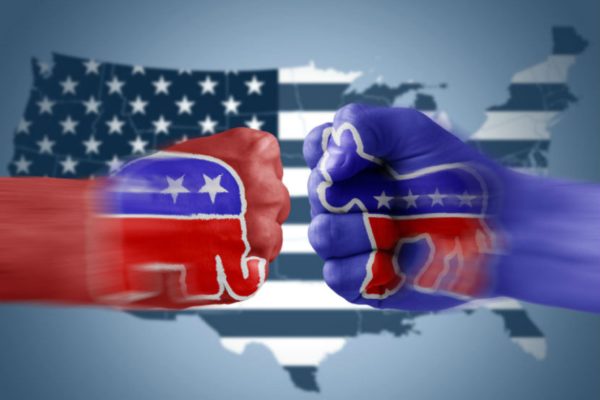In opinion polls, election results, television viewing habits and social media chatter, we can see the increasing polarization among us. Practically all explanations for this increased polarization revolve around social and political factors. These factors are important, but they don’t tell the entire story.
Civilizations rise and fall, and it is important to have context for how they evolve over time. Part of this context relates to understanding what we can choose to avoid versus what we can’t avoid no matter what we choose.
The classic example of the rise and fall of a civilization is the Roman Empire. As the empire expanded, it brought prosperity to Romans at the expense of those in the newly conquered provinces. This expansion continued until control of new territories became too burdensome. The size of the empire was self-limiting largely because of diminishing returns on the acquisition of more natural resources.
Some scholars say there are the U.S. today parallels the Roman Empire, and I agree. There are parallels from resource constraints, and we must heed the implications.
There were three phases of progression of the U.S. economy between 1947 and 2012. The three phases are distinguished by the changing rates of U.S. power consumption; the cost of food, energy and water; and distinct changes in structural indicators.
Before the 1970s, when power consumption was increasing rapidly and energy and food were becoming cheaper, the U.S. economy distributed money more evenly across all economic sectors as it grew rapidly.
After 2002, when power consumption was stagnant and energy and food became more expensive, the U.S. economy distributed money less evenly as it acquired high quantities of debt and grew much more slowly.
In between the 1960s and 2002 was an intermediate transition affected by both energy constraints (e.g., Arab oil embargo and Iran Revolution) and social changes (e.g., reduction of union and other labor power).
The more energy you have and the cheaper it is, the easier it is to expand and distribute. Both higher power consumption and cheaper energy, along with food, are associated with increasingly uniform distribution of money among economic sectors.
The corollary is that if the U.S. is not consuming energy at a higher rate, and if we’re not making energy and food substantially cheaper, then we might expect it to be harder to distribute proceeds.
Energy and food costs have declined tremendously since World War II, but since 2002, that hasn’t been the case. This change in trend is new, unprecedented and unappreciated.
Food and energy will never compose zero percent of our spending, so they cannot decrease in cost forever. Physical resource constraints eventually get translated into economic constraints.
It is irresponsible for us to assume the social changes are not influenced and governed by these constraints.
These physical constraints help explain the increase in polarization. As many citizens were excluded from global prosperity, it was easier to take an “us” (excluded Americans) versus “them” (bankers, China, the elite, etc.) mentality.
During the last election, Donald Trump and Bernie Sanders each had a base of “us” with many common members, but with a more dissimilar group of “them” to attack.
Before the fall of Rome, warring factions of politicians emerged, no longer working together. Since 2008, Congress has passed very little legislation, much less bipartisan.
We can’t legislate changes to the energy supply and assume they can always overcome physical challenges, just like the Roman Senate couldn’t just tell the army to take over new territory like the “good ol’ days.”
Consider the Renewable Fuels Standard. Policymakers, economists and Silicon Valley venture capitalists thought the production of more than 30 billion gallons per year of liquid biofuels was simply a matter of human effort and ingenuity. It wasn’t, and it isn’t. On the fossil side, while Trump’s aim to bring back coal helped get him elected, it cannot “make America great again.”
We must recognize and accept that physical constraints do govern our lives, and that we can choose to change how to distribute our wealth as a separate goal to increasing overall wealth.
One way to do this is to reward business and political leaders who accept and plan for, rather than deny, such constraints.
Carey W. King is a research scientist and assistant director in the Energy Institute at The University of Texas at Austin.
A version of this op-ed appeared in the San Antonio Express News, Austin American Statesman, Corpus Christi Caller Times, and Psychology Today.
To view more op-eds from Texas Perspectives, click here.
Like us on Facebook.




